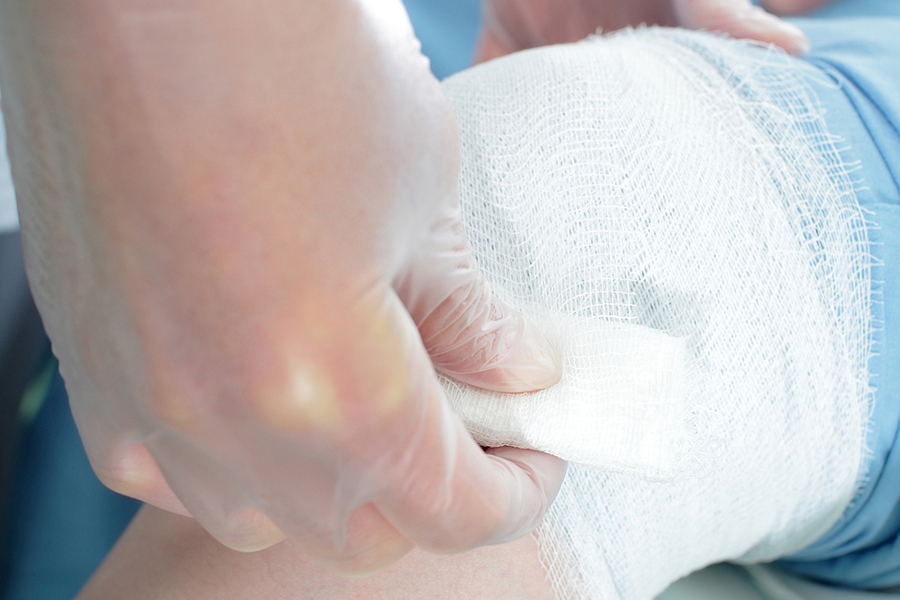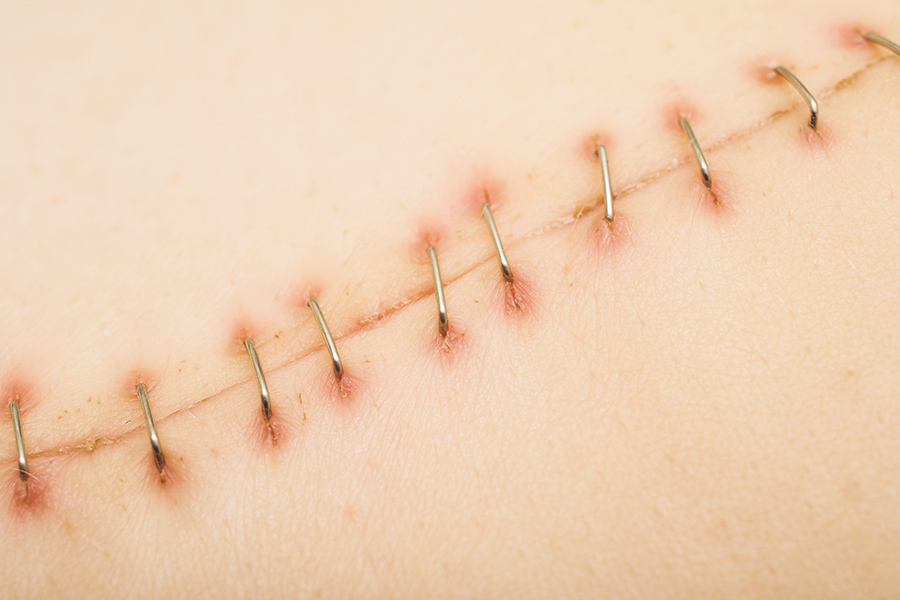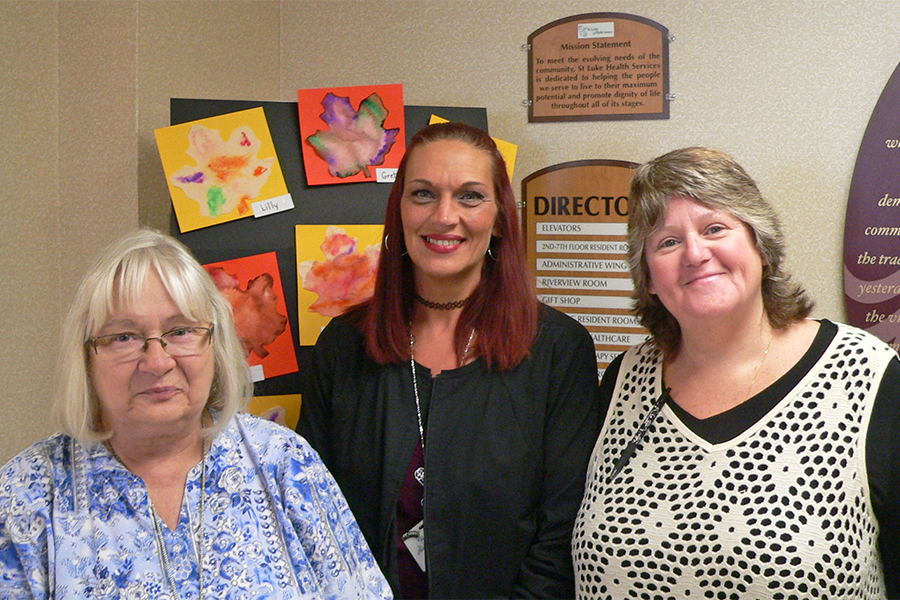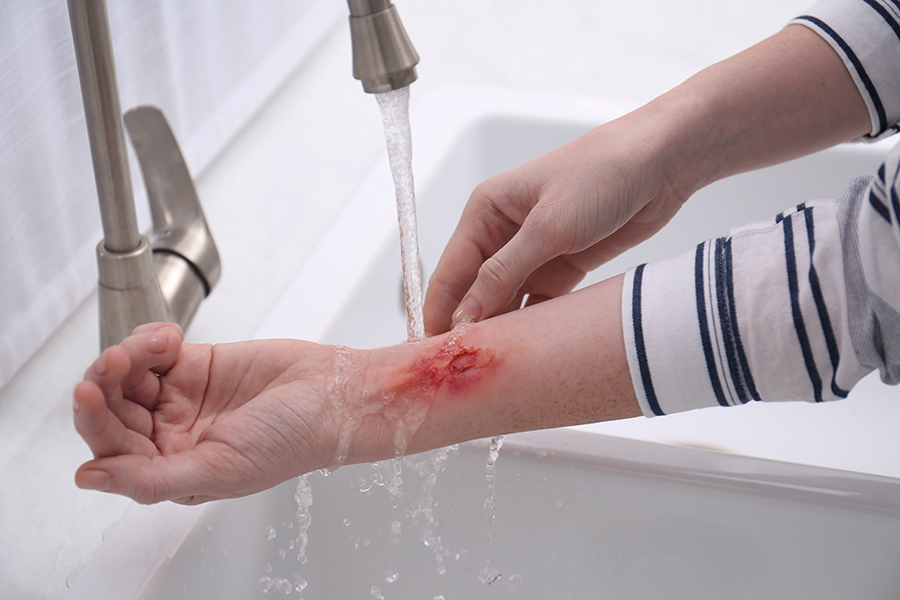Pressure injuries (also known as pressure ulcers) affect 3 million adults at an annual cost to the U.S. healthcare system of more than $11 billion. What’s more, nearly 60,000 patients die each year as a direct result of a pressure injury (PI). Indeed, they are a major health problem, and with increasing health care costs, an aging population and a sharp rise in diabetes and obesity, the burden—and toll—of PI will likely grow.
But it doesn’t need to be that way. In fact, according to the Centers for Medicare and Medicaid Services there were more than 257,000 preventable pressure ulcers in 2007, and the agency’s policies reflect this finding. The Centers for Medicare & Medicaid Services (CMS) no longer reimburses for Hospital Acquired Pressure Injuries, and federal regulations allow surveyors to impose fines and withhold federal reimbursement for failure to implement and document evidence-based practice for PI.
This suggests that, more than ever, implementing a plan that integrates an evidence-based practice for pressure injury prevention should be a top priority. Such programs improve the quality of care, yield better outcomes, and help manage healthcare costs.
Shield HealthCare offers educational materials and informative webinars designed to provide you with the latest news, trends and best practices in wound management. For more information, continue to visit us at www.shieldhealthcare.com/community.
Please click on the image below to see more statistics about pressure injuries and their impact on healthcare.
More information about pressure injury care:
- Identifying Pressure Injuries Webinar: Video and Supplemental Material
- Move Every Two: Repositioning Patients to Prevent Pressure Injuries
- Pressure Injury Staging Guide
- Preventing Pressure Injuries (aka Bed Sores)
- Webinar: Managing Fecal and Urinary Incontinence – one of the topics of this webinar is the difference between Incontinence-Associated Dermatitis (IAD) and PI























